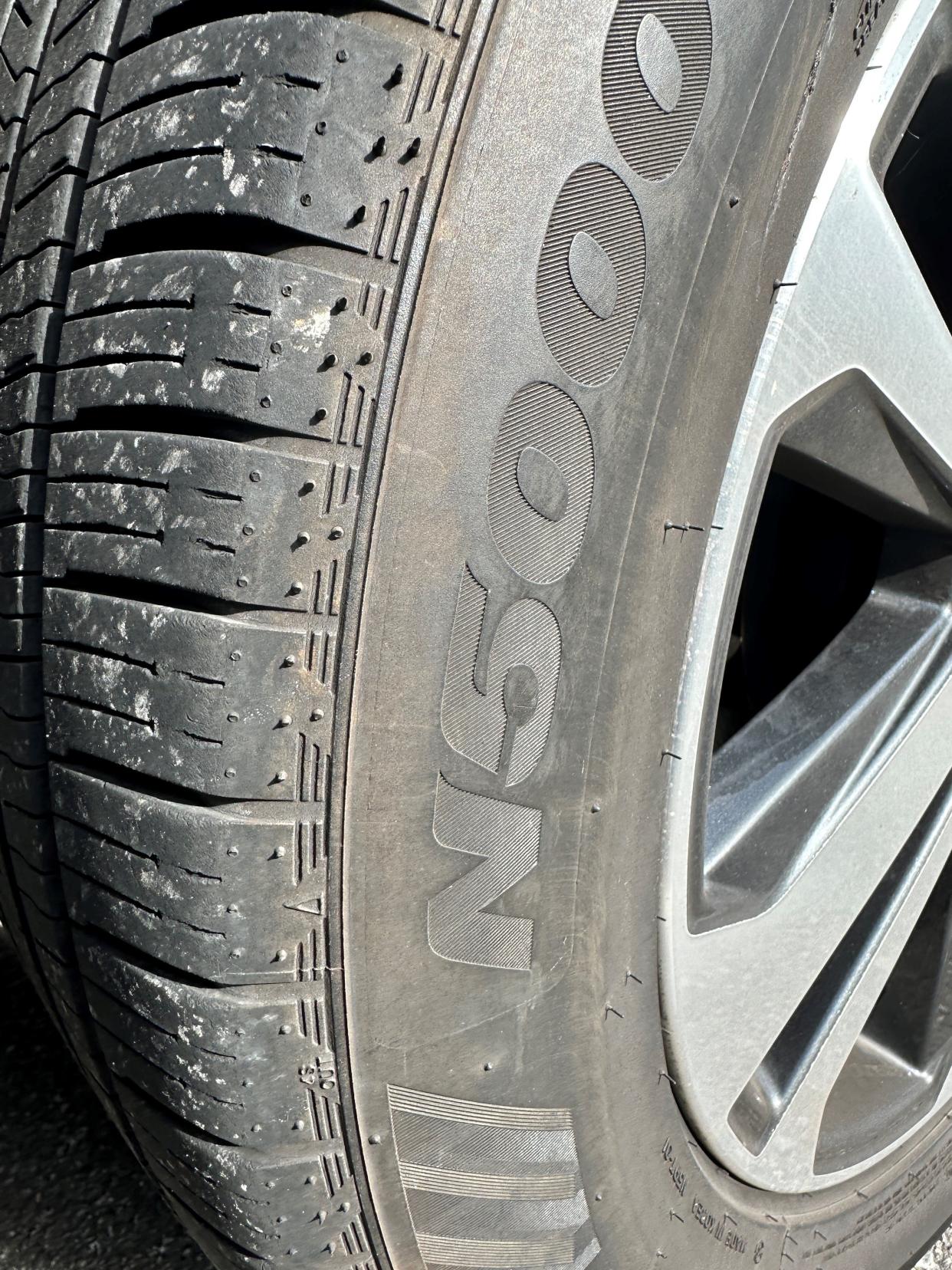Eco-tip: Can tires be more sustainable?

At a trade show in January 2022, Goodyear displayed an amazing new tire touted as “sustainable.” It is made primarily of soybean oil, rice husks, and pine resin. These items meet the “renewable” standard because they can be grown, unlike petroleum, which comes out of the earth only once.
More specifically, the tire Goodyear plans to introduce later this year includes 70% renewable materials. Goodyear’s publicity claims the tire will potentially improve to 100% sustainable ingredients by 2030.
By this standard of sustainability, conventional tires are also somewhat sustainable. Tire manufacturer websites list ingredients including natural rubber, usually in the range of 50%, which is also a grown, renewable product. The other major ingredient, however, is typically synthetic rubber, a byproduct of the fuel-making process when oil companies extract oil from the earth primarily to meet fuel demand. It would be “greenwashing” — whitewashing with an environmental tint — to call such a petroleum byproduct a recycled product, but the desire for green marketing can extend from multinational corporations to a local tire shop.
Companies handling waste tires are also eager to establish environmental credentials, and sometimes these environmental claims also require inquiry.
I inquired at local tire shops and recycling facilities, and some reported sending tires for “reclamation.” The destination turned out to be Azusa Land Reclamation, which is actually a monofill — a single-item landfill. Presumably, by filling in a hole in the earth, land is being “reclaimed.” Like synthetic petroleum, this is hardly an environmental victory. Ruby Ortiz, the Western Technical Service Center representative answering emails for Azusa Land Reclamation was more direct, writing, “100% of the tires received at Azusa are sent for disposal.”
Similarly, tires from various parts of Ventura County are sent to Standard Industries, a well-known, successful recycler of scrap metal. At least one large generator of waste tires believed this meant the tires were recycled. Instead, tires arriving at Standard Industries are generally cut and landfilled, the generator found after inquiry.
As noted by Jennifer Andrews, a spokesperson for WM, formerly Waste Management, whole tires “don’t belong in landfills for reasons such as their propensity to move up to the surface” and interfere with cover material. Heavy equipment driving over the garbage pushes on one side of the tire and then the other, resulting in a climbing effect called “laddering.” Cutting tires makes landfilling the pieces legal and safe.
For those wanting to see their discarded resources recovered for a beneficial use, Gold Coast Recycling, in Ventura, provides a solution. Tires brought to Gold Coast, including tires transported to Gold Coast from Toland Road Landfill, are hauled by Harrison Industries to Jack’s Tire Recycling in Sun Valley. There, the tires go through two stages of shredding. Metal is recovered for scrap. The smallest rubber pieces sometimes go to a manufacturer of carbon black, which is used for products ranging from pigment to plastics. Most of the rubber is hauled to National Cement, in Kern County, where the high energy value of the shredded rubber replaces more polluting materials, such as coal, in kilns used to manufacture cement.
Before choosing where to buy a new tire, if you want to be sure the tires you discard will not just be cut and landfilled, ask your local tire dealer where your tires will go. Many local dealers will point to Lakin Tires, which, although based in Santa Fe Springs, is a major collector in Ventura County. Lakin sorts out reusable tires for resale before sending the remainder to various places, including CRM, in Compton, which manufactures crumb rubber, used for products such as playground surfacing.
Of course, buying long-lasting tires and maintaining tires are the most sustainable ways to reduce the environmental impact of your tire consumption. Rotate tires as needed and keep tires at the recommended inflation pressure to make them last as long as possible.
David Goldstein, an environmental resource analyst with the Ventura County Public Works Agency, can be reached at 805-658-4312 or david.goldstein@ventura.org.
This article originally appeared on Ventura County Star: Eco-tip: Can tires be more sustainable?

